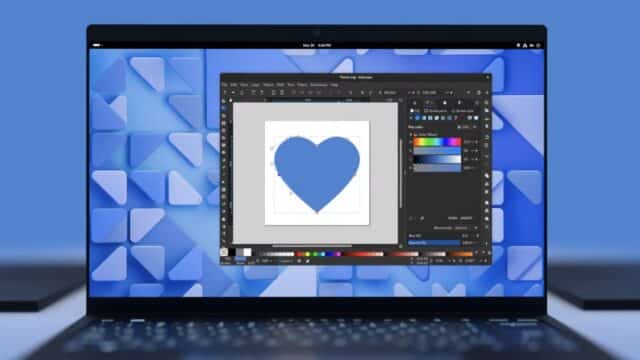GNOME 46 Kathmandu: Elevating the Linux desktop environment with new features and enhancements

The GNOME project has announced the release of GNOME 46, codenamed “Kathmandu.” This latest version of the Linux desktop environment brings a host of enhancements and new features. There are even five new apps: Letterpress, Switcheroo, Decibels, Fretboard, and Railway.
The Files app has received significant updates, including improved feedback for long-running file operations, a dynamic progress section, and instant switching between list and grid views. Other improvements include searchable preferences, detailed date and time display, quick access to the location entry, and better network discovery.
The Files app also now features a global search capability, allowing users to search across all configured locations with a simple shortcut (Ctrl+Shift+F) or a click of a button. This feature supports content search, file type filtering, and modification date sorting, enabling users to search multiple locations simultaneously.
GNOME 46 introduces support for Microsoft OneDrive in the Online Accounts feature. Users can now easily browse and access their OneDrive files alongside local files. Additional enhancements include the use of the default web browser for account sign-in, a new WebDAV account type, and a revamped Online Accounts settings interface.
A new dedicated remote login option has been added, allowing users to connect remotely to a GNOME system not currently in use. This feature provides a better remote desktop experience by allowing display configuration from the remote side.
The Settings app has been reorganized for easier navigation, with a new System section and consolidated Apps settings. Touchpad settings have been expanded, and the app has received extensive polish, including improved descriptions, tooltips, and modernized interfaces.
GNOME 46 has focused on accessibility enhancements, particularly for the Orca screen reader. Updates include modernization efforts, a new sleep mode, improved system status reporting, enhanced table navigation, and experimental support for Spiel. Users can enjoy refreshed fallback avatars, enhanced notifications, new app launching shortcuts, an improved on-screen keyboard, and default tap-to-click for touchpads.
Core GNOME apps have been upgraded, including the Software app with verified badges for Flathub apps, Maps with various enhancements, a redesigned Extensions app, a polished Calendar app, quick timers in Clocks, smarter Contacts, and disk usage monitoring in Disks.
GNOME 46 boasts performance and resource usage improvements, security enhancements, rendering improvements for sharper interfaces and text, and experimental support for variable refresh rates (VRR).
Want GNOME 46? Well, users are advised to wait for official packages from their distribution vendors. Popular distributions will soon include GNOME 46, and it can also be tried using the GNOME OS image in the Boxes app.
